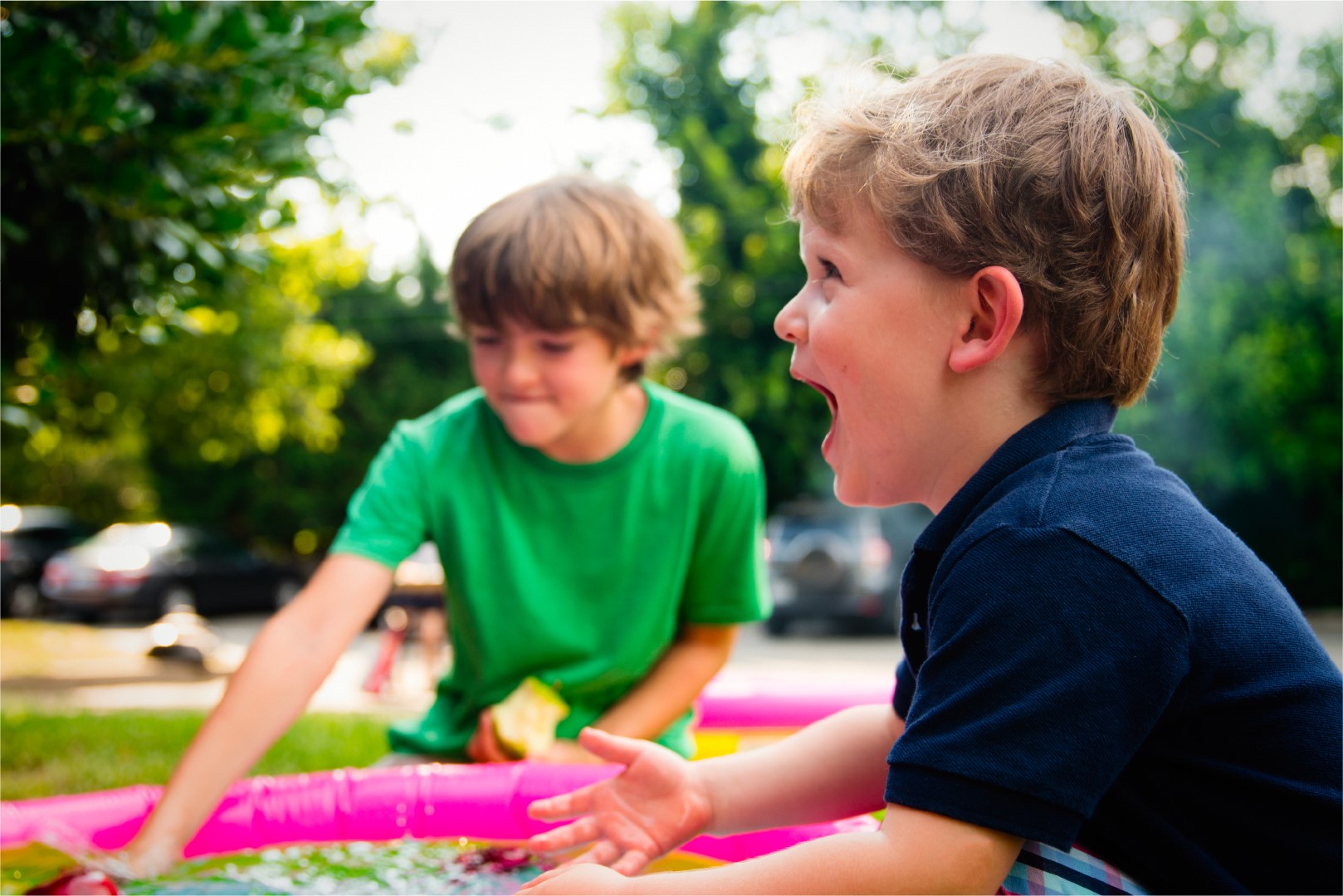Motivate a reluctant child.
Motivating a reluctant child can be challenging, but with patience and the right approach, you can encourage them to become more engaged and motivated. Here are some strategies to help motivate a reluctant child:
Find Their Interests: Discover what genuinely interests the child. Whether it’s a particular hobby, activity, or topic, use their passions as a starting point to motivate them.
Set Achievable Goals: Break down tasks or activities into smaller, manageable steps. Achieving these smaller goals can boost the child’s confidence and motivation.
Offer Praise and Encouragement: Recognize and acknowledge the child’s efforts, even if they are small. Offer genuine praise and encouragement to reinforce their motivation.
Use Positive Reinforcement: Consider rewards or incentives for completing tasks or engaging in activities. Make sure the rewards are meaningful to the child.
Lead by Example: Demonstrate enthusiasm and motivation in your own actions and activities. Children often model the behavior they see in adults.
Provide Autonomy: Give the child some control over their choices and activities. When they have a say in what they do, they are more likely to be motivated.
Make Learning Fun: Incorporate play, creativity, and fun into learning and activities. Turn educational experiences into enjoyable and engaging adventures.
Set a Routine: Establish a consistent daily routine that includes dedicated time for activities or tasks. Predictable schedules can help children feel more secure and motivated.
Connect Learning to Real Life: Show the child how the skills or knowledge they are acquiring can be applied to real-life situations or their interests.
Offer Challenges: Present age-appropriate challenges that require problem-solving and critical thinking. A sense of accomplishment can be motivating.
Be Patient: Understand that motivation may fluctuate, and not every day will be equally productive or motivated. Be patient and supportive during less motivated times.
Seek Their Input: Involve the child in decision-making related to their activities or goals. When they have a sense of ownership, they are more likely to be motivated to achieve them.
Limit Distractions: Create a conducive environment by minimizing distractions that can hinder motivation, such as excessive screen time.
Share Success Stories: Share stories or examples of people who have overcome challenges or achieved success through hard work and motivation.
Celebrate Achievements: Celebrate milestones and achievements, no mater how small. Recognizing progress can boost motivation.
Remember that motivation can be influenced by various factors, and what works for one child may not work for another. Be flexible in your approach and adapt your strategies to suit the child’s individual needs and preferences. It’s also important to maintain open communication with the child to understand their thoughts and feelings and adjust your approach accordingly.
Puberty signs
Puberty is characterized by a series of physical and hormonal changes. Some common signs of puberty in both boys and girls include:
Growth Spurt: A noticeable increase in height is one of the early signs.
Development of Breasts (in girls): Girls typically experience breast development during puberty.
Growth of Body Hair: Pubic and underarm hair starts to grow.
Changes in Voice (in boys): Boys’ voices may deepen as their vocal cords lengthen and thicken.
Acne: Increased oil production can lead to acne breakouts.
Body Odor: The sweat glands become more active, leading to body odor.
Menstruation (in girls): The onset of menstruation usually occurs later in puberty.
Facial Hair (in boys): Boys begin to grow facial hair, typically starting with a light mustache.
Pubic Hair Growth: Both boys and girls develop pubic hair.
Increased Sweat and Sebum Production: Increased perspiration and oily skin are common.
These changes occur gradually and at different rates for each individual, so there can be variations in the timing and order of these signs during puberty.







